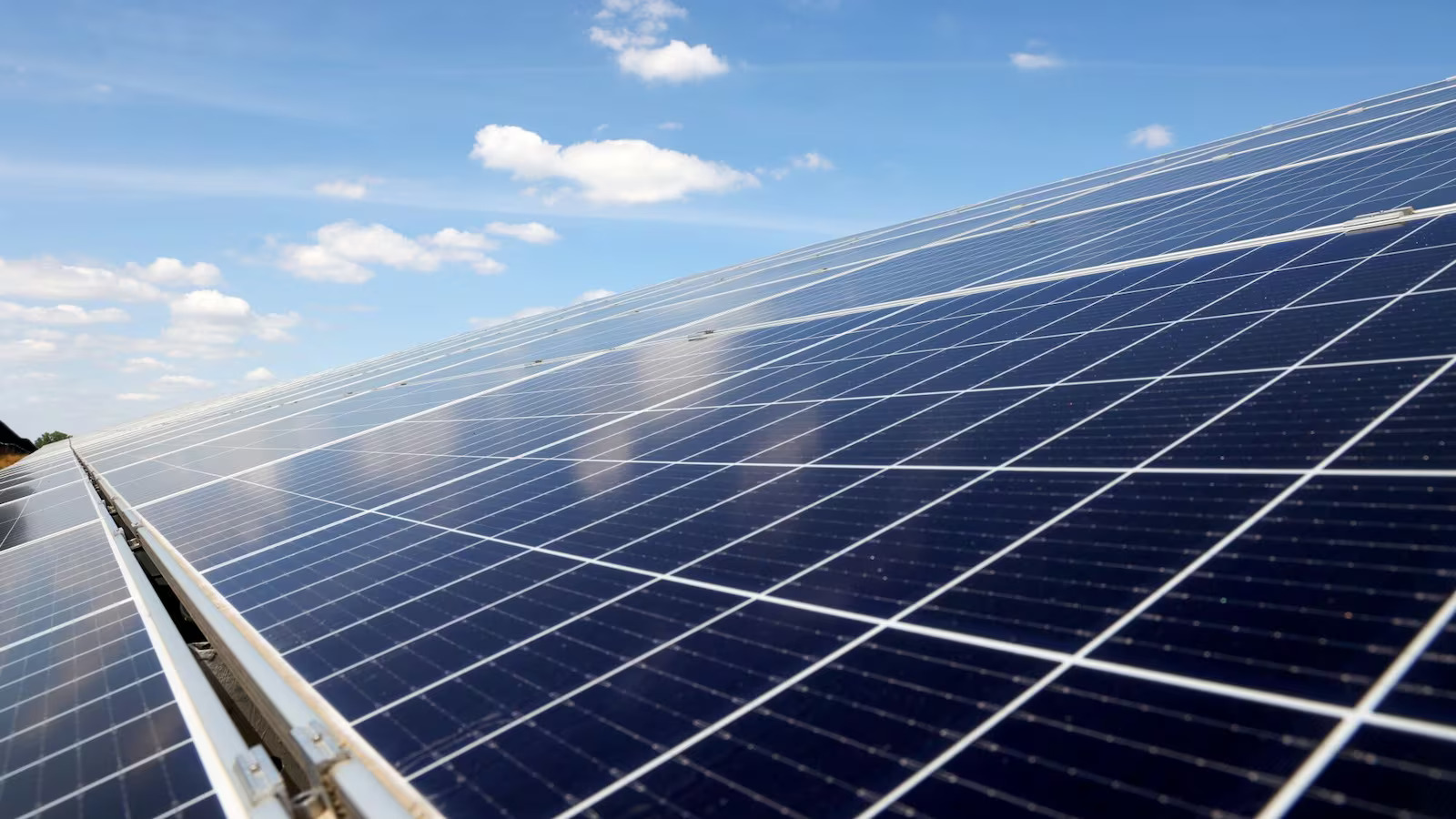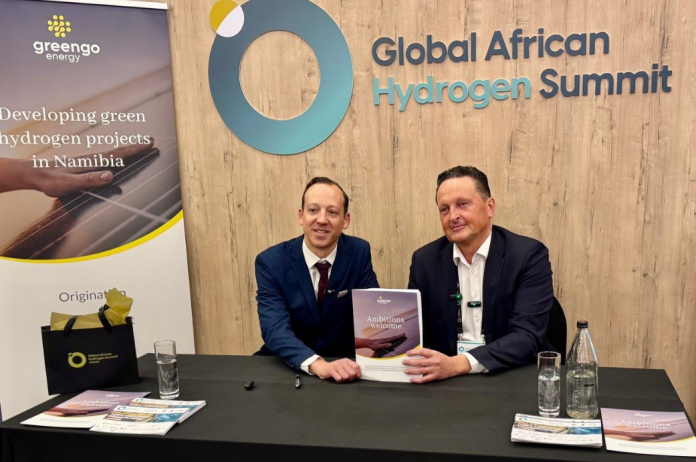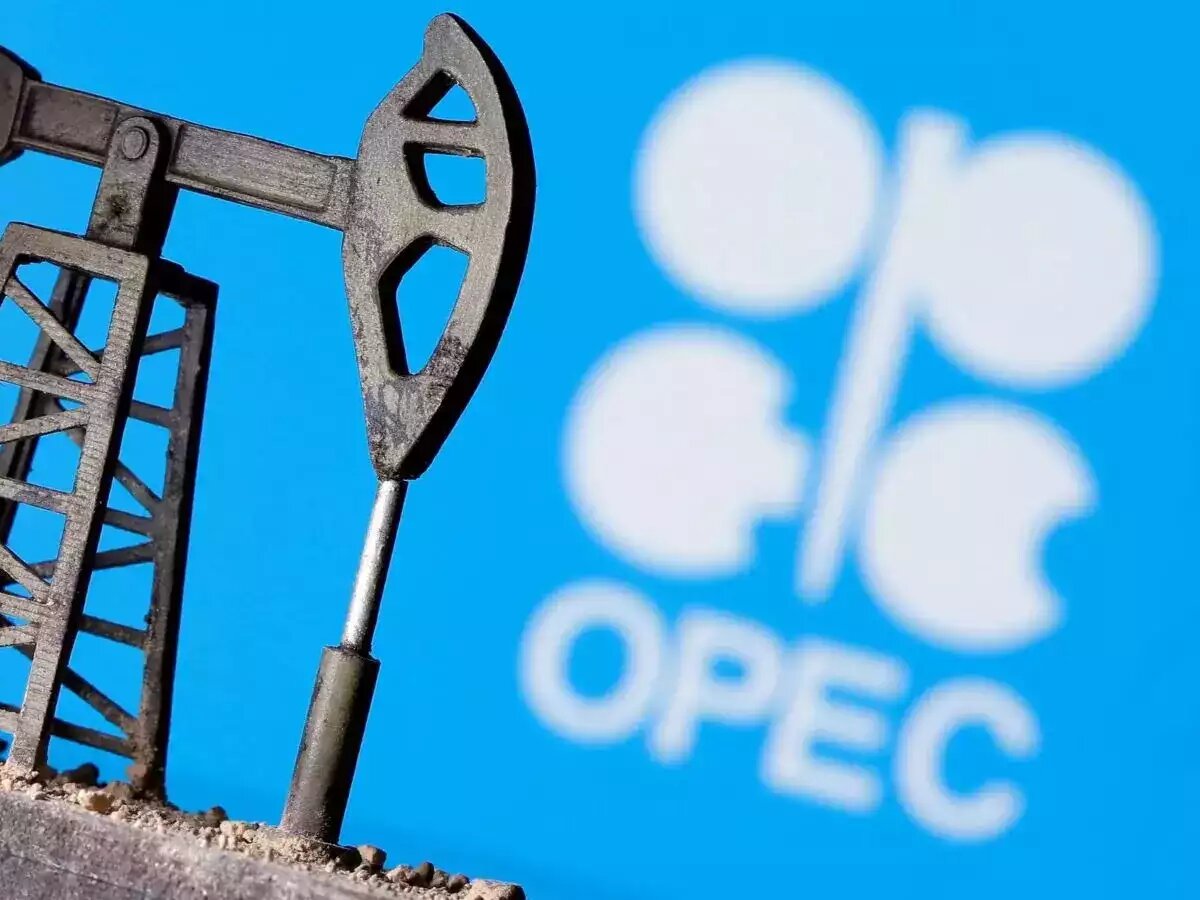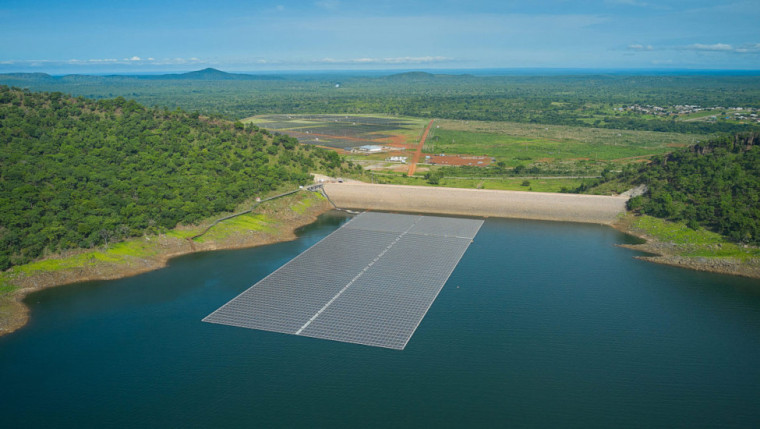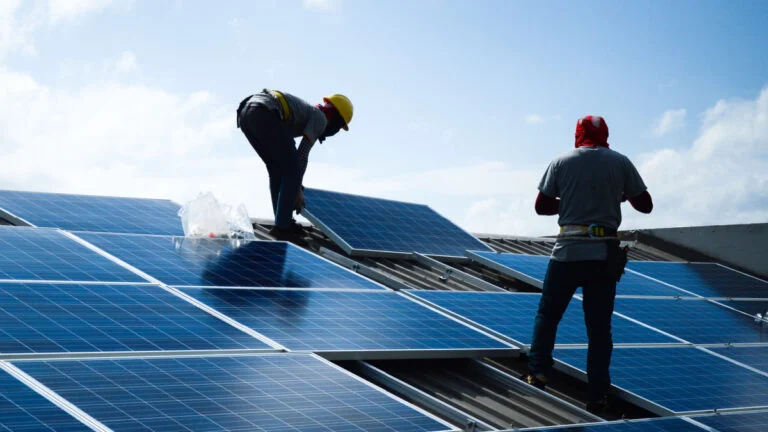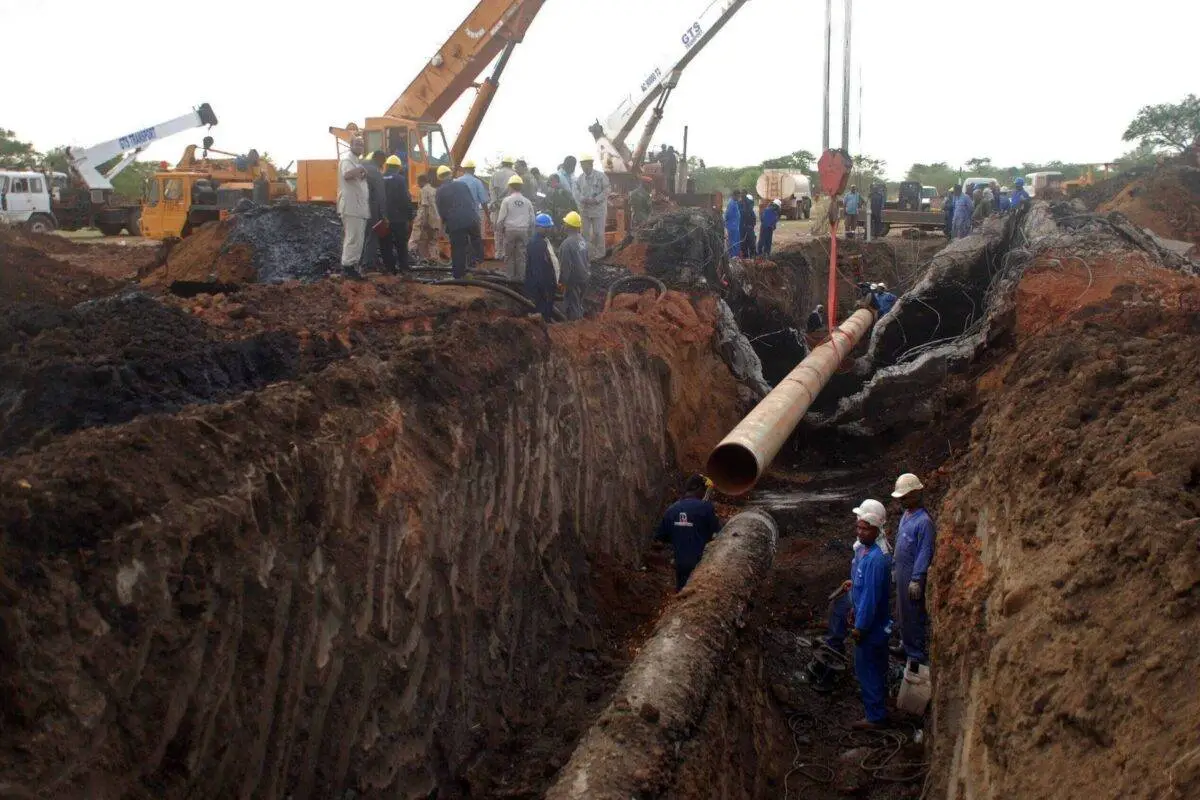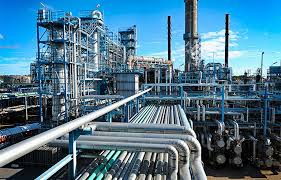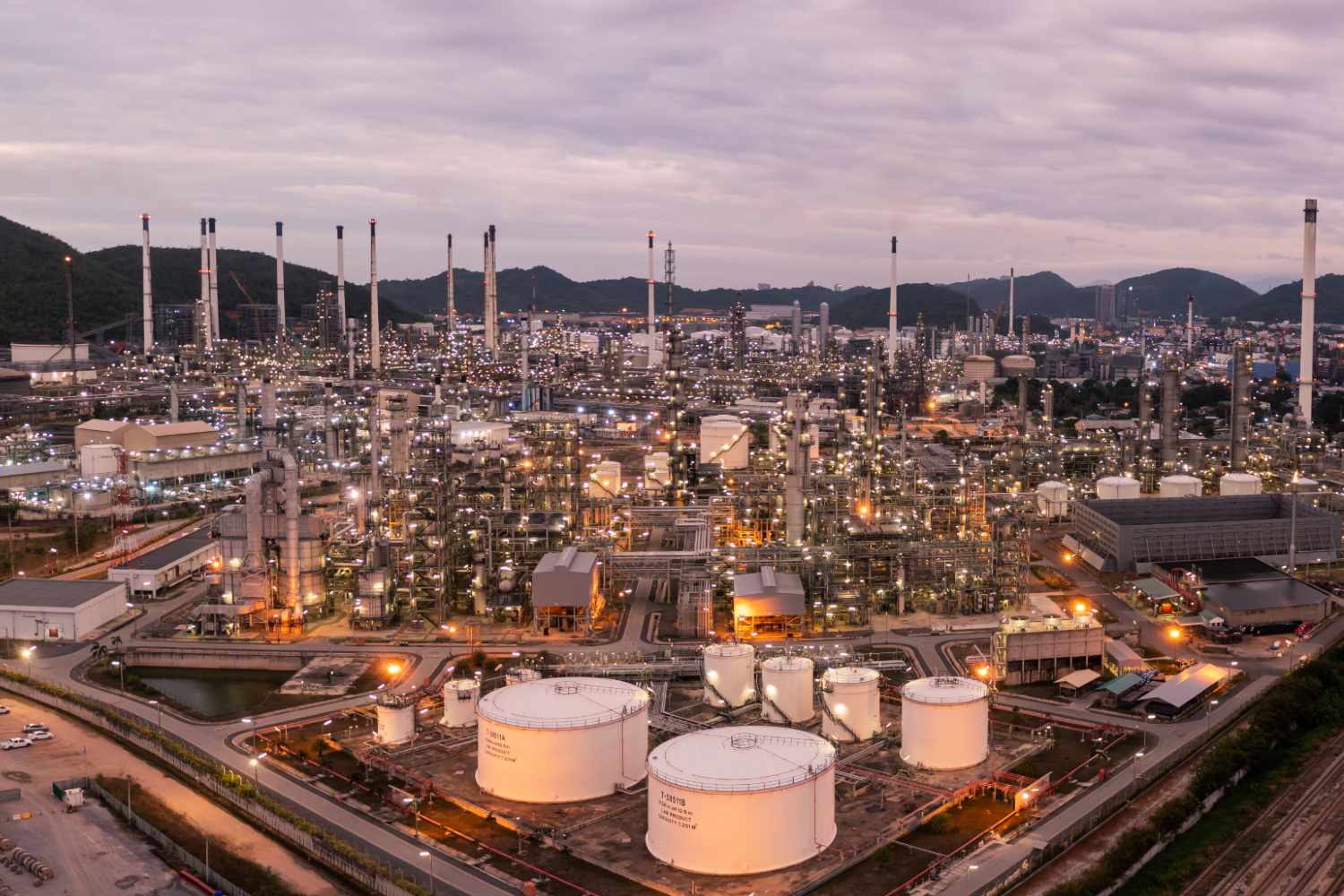Generation

Oman to build liquefied hydrogen corridor with Europe
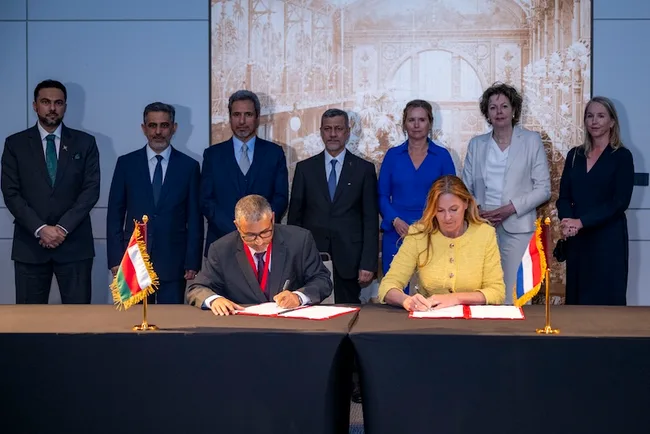
Oman has taken another step towards establishing a liquefied hydrogen corridor for exports to Europe with the signing of an official agreement to develop it.
The idea was first announced during Cop28 in Dubai in 2023. Developed by Oman’s state-run hydrogen company Hydrom, the Ministry of Energy, UAE-based Ecolog and offtaker EnBW, one of Germany’s largest power companies, the project to transport green hydrogen is expected to be completed in 2030.
A joint development agreement was signed on Tuesday during Sultan Haitham bin Tariq’s state visit to the Netherlands, state-run Oman News Agency reported.
Once built, the corridor will serve as a direct export route for EU-compliant liquefied hydrogen from Duqm port to Amsterdam port.
The fuel will further be diverted to logistics centres in Germany, including the Port of Duisburg, for distribution across Europe.
Hydrom will oversee production and develop the infrastructure and business strategy.
Meanwhile, OQ Group, an energy investment and development company owned by the Oman Investment Authority, will develop the liquefied hydrogen terminal and associated facilities, including storage and export infrastructure.
The growth of green hydrogen projects in Duqm will support the corridor’s readiness and contribute to national targets, leveraging the Special Economic Ability Zone infrastructure at Duqm.
HyDuqm is one such project. Led by a consortium including France’s Engie and South Korea’s Posco, it expects to attract $7 billion to $8 billion in investment to reach full capacity.
Ecolog will handle the liquefied hydrogen transportation through specialised vessels using advanced technology.
On the European side, the corridor will focus on establishing liquefied hydrogen regasification terminals at the Port of Amsterdam.
Industrial sectors in the Netherlands and Germany will be supplied with hydrogen via gas pipelines, rail networks and waterways, the report said.
No financial details or timeline for construction were given.
Oman aims to produce at least 1 million tonnes of renewable hydrogen a year by 2030, up to 3.75 million tonnes by 2040, and up to 8.5 million tonnes by 2050. That would be greater than total hydrogen demand in Europe today.




